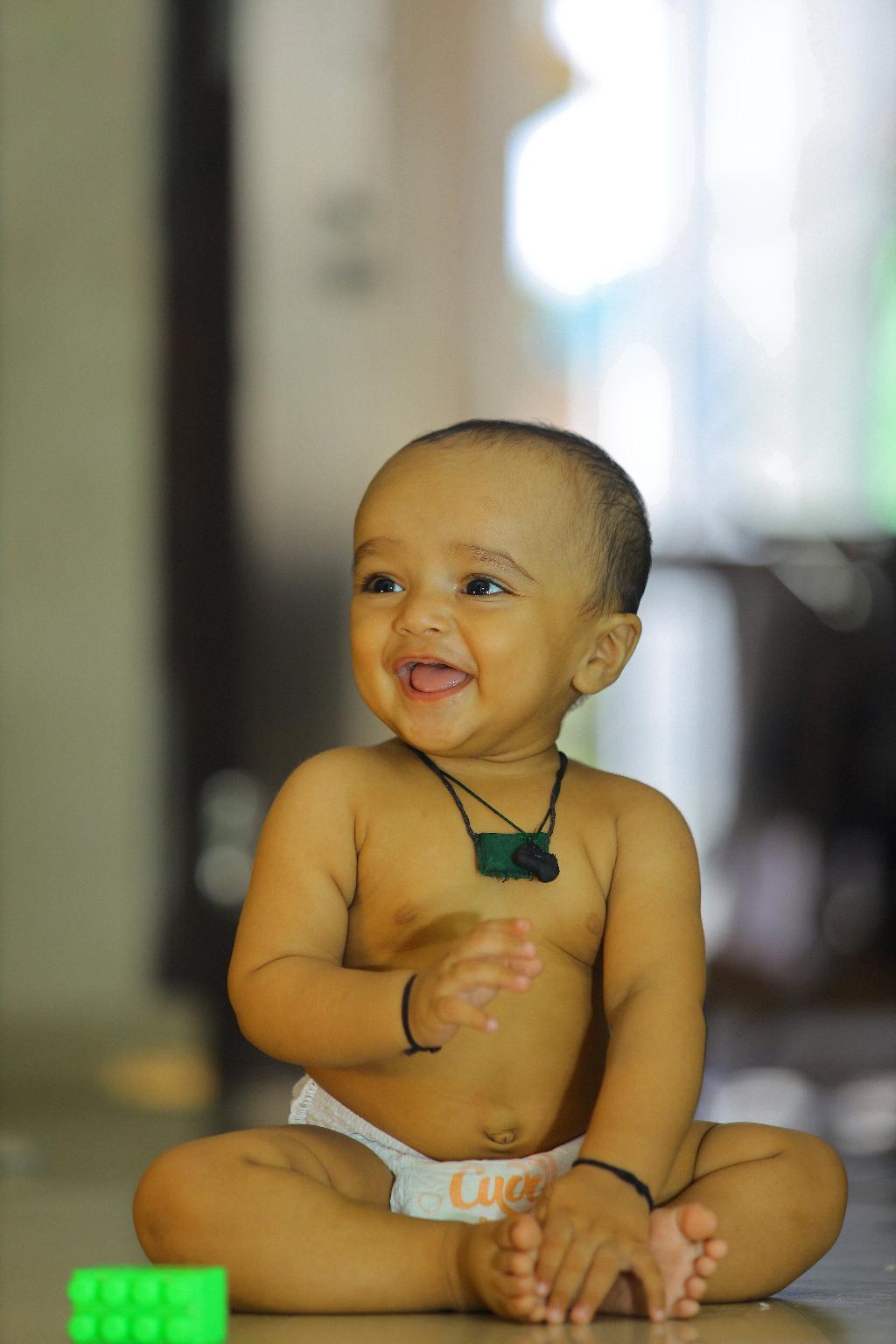When it comes to diapering options for your baby, flat cloth diapers offer a versatile and eco-friendly alternative to disposable diapers. These diapers, often referred to simply as flats, are essentially large square pieces of absorbent, single-layer fabric that can be folded in various ways to fit your baby’s size and needs.
The Versatility of Flats
One of the key advantages of flat cloth diapers is their versatility. With flat diapers, you have the freedom to choose the type of fabric that works best for your baby. Whether you prefer soft cotton, highly absorbent bamboo, or quick-drying hemp, there’s a flat diaper option to suit your preferences.
Customizing for Comfort
Another benefit of flat cloth diapers is the ability to customize them to provide optimal comfort for your little one. By experimenting with different folding techniques, you can adjust the fit and absorbency of the diaper to ensure a snug and leak-free experience for your baby.
Eco-Friendly and Cost-Effective
Flat cloth diapers are not only gentle on your baby’s skin but also on the environment. By opting for reusable cloth diapers, you can significantly reduce your carbon footprint and save money in the long run compared to constantly purchasing disposable diapers.
Easy to Clean
Contrary to popular belief, washing flat cloth diapers is a straightforward process. With the right washing routine and detergent, you can easily keep your cloth diapers clean and fresh for multiple uses, making them a convenient and sustainable choice for diapering.
Creating a Diapering System
Many parents who use flat cloth diapers also incorporate diaper covers or snappis into their diapering system. These accessories help secure the flat diaper in place and prevent leaks, providing added peace of mind during diaper changes.
Understanding Absorbency
Flat cloth diapers come in various thicknesses and materials, which affect their absorbency levels. For heavy wetters or overnight use, you may opt for multiple layers or inserts to increase the diaper’s absorbency and prevent leaks.
Daytime vs. Nighttime Diapering
When using flat cloth diapers, you may find that different folding techniques work better for daytime versus nighttime diapering. Experimenting with folds and boosting options can help you find the right balance of comfort and absorbency for your baby.
Storage and Organization
To streamline your diapering routine, consider investing in storage solutions such as wet bags or diaper pails to keep your clean and soiled diapers organized. Having a designated space for your cloth diaper supplies can make diaper changes a breeze.
Embracing the Cloth Diaper Community
Using flat cloth diapers can also connect you with a vibrant community of like-minded parents who share tips, tricks, and support for successful cloth diapering. Joining online forums or local meetups can provide valuable resources and camaraderie along your cloth diapering journey.
Making an Informed Decision
Before diving into the world of flat cloth diapers, it’s essential to research and understand the various options available. Consider factors such as fabric types, folding techniques, and washing routines to tailor your diapering experience to meet your baby’s unique needs.
Conclusion
In conclusion, flat cloth diapers are a versatile, eco-friendly, and cost-effective diapering solution for parents looking to reduce waste and provide gentle care for their babies. By exploring the world of flat diapers and experimenting with different folding methods, you can discover a diapering routine that works best for your family’s lifestyle and values.

